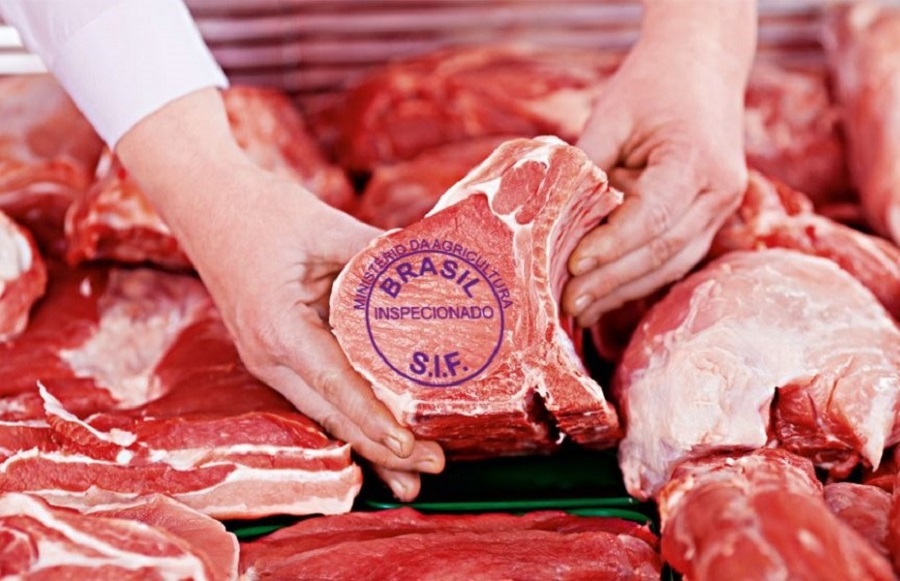RIO DE JANEIRO, BRAZIL – The production and export of chicken and pork meat in Brazil will close 2021 with significant increases, which should be repeated next year, estimated on Wednesday, September 29, the Brazilian Association of Animal Protein (ABPA), also pointing to an increase in per capita consumption in the domestic market.
Pork production will post the highest increases, ABPA said, pointing to growth of up to 6% in production in 2021 compared to 2020, up to 4.7 million tons, and another increase of up to 4% in 2022.
Pork exports will increase by 12% in 2021, up to 1.15 million tons. The association projects growth of up to 13% in shipments in 2022.

ABPA also forecasts a growth of up to 3.5% in the production of chicken meat in Brazil in 2021 compared to 2020, up to 14.3 million tons, while it expects an increase of up to 7.5% in its exports this year, up to 4.55 million tons.
For next year, chicken meat production should increase up to 4.5%, while exports will grow up to 3.5%.
The association also presented positive numbers on per capita consumption, with demand for chicken meat in Brazil rising up to 1.5% in 2021, while it expects growth of up to 5% in pork.
In the case of the egg sector, Brazilian production should reach 54.503 billion units this year, 2% higher than the 53.533 billion units recorded in 2020, representing a new sector record.
Should this projection be confirmed, egg consumption will reach 255 units per capita, a new record, up 1.5% in relation to the rate recorded in 2020, with 251 units.
PRODUCTION VARIABLES
Production was influenced by the maintenance of domestic demand, despite the critical scenario triggered by the Covid-19 pandemic, said ABPA’s president Ricardo Santin.
In addition, the international scenario, with steady Asian demand linked to increased demand in traditional customers such as the Middle East and the European Union, reinforced expectations of record exports of the animal protein.
Nevertheless, the production sector has been facing challenges related to the balance of costs, with higher input prices, such as corn, soybean meal, diesel, plastic and cardboard packaging, electric power, and others, Santin says.
ABPA also mentioned the container and ship crisis as an aggravating factor. The unavailability of ocean-going transportation – which is responsible for shipping 80% of goods headed to the foreign market – led to an increase of over 50% in freight charges.

